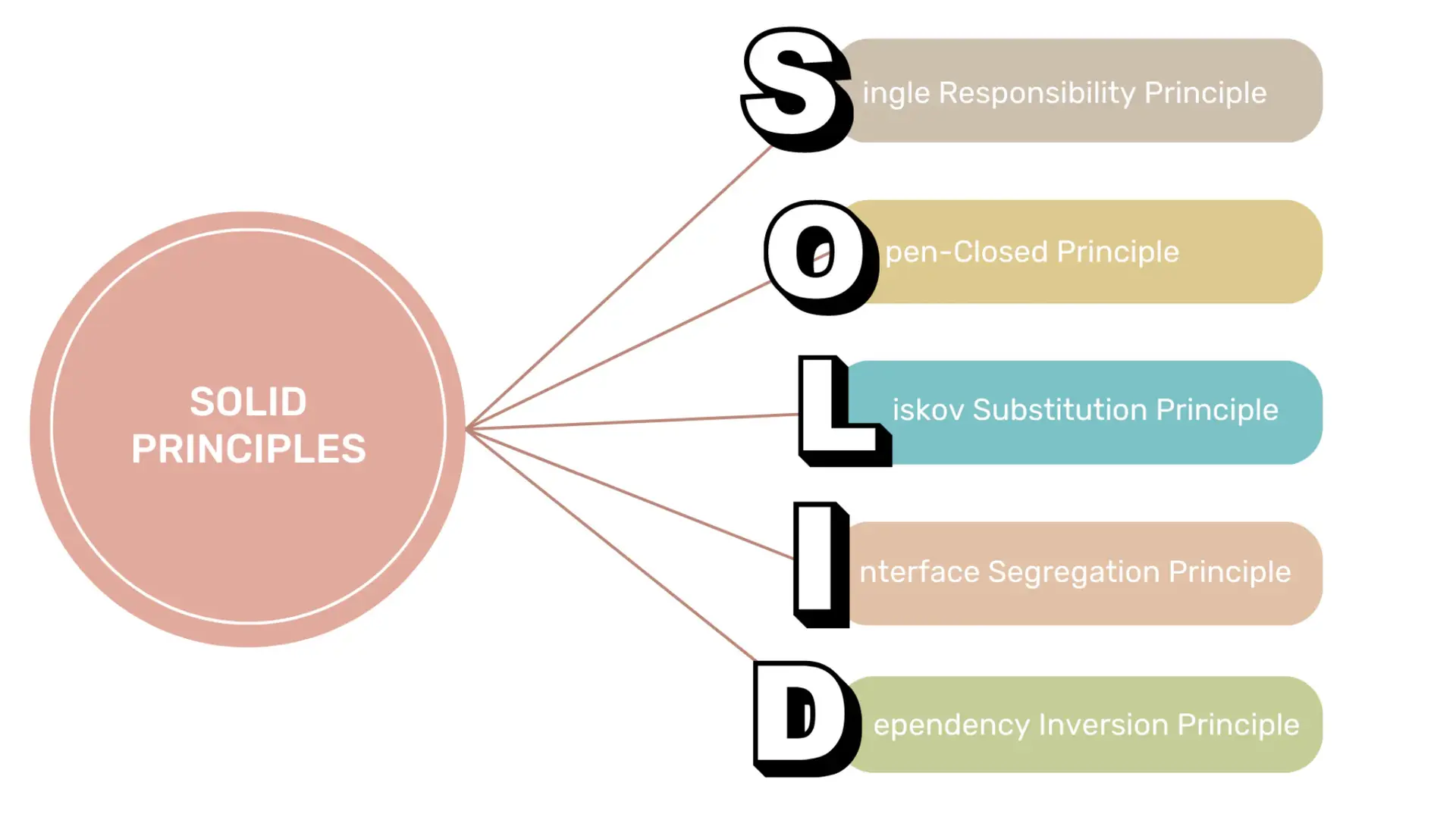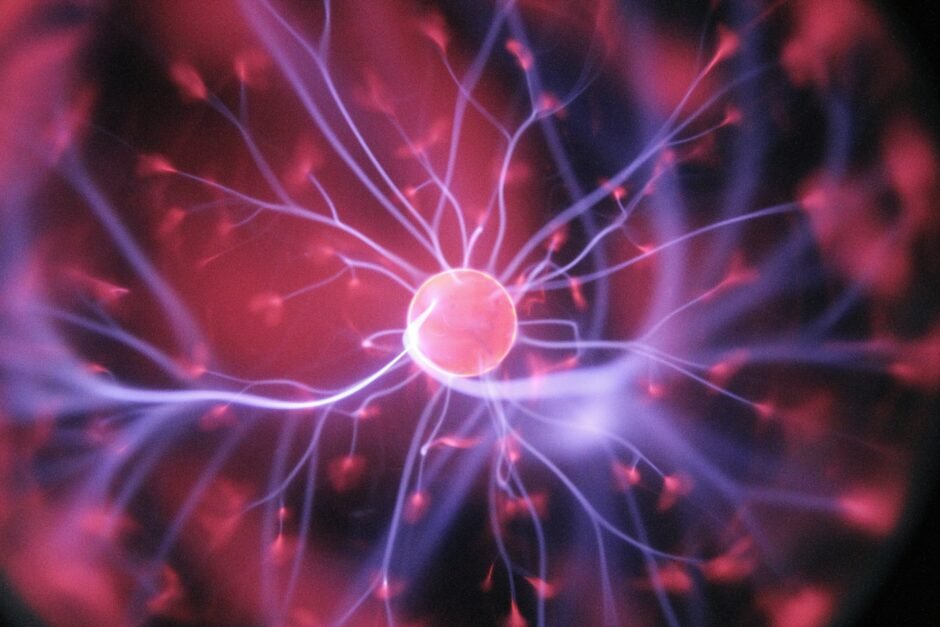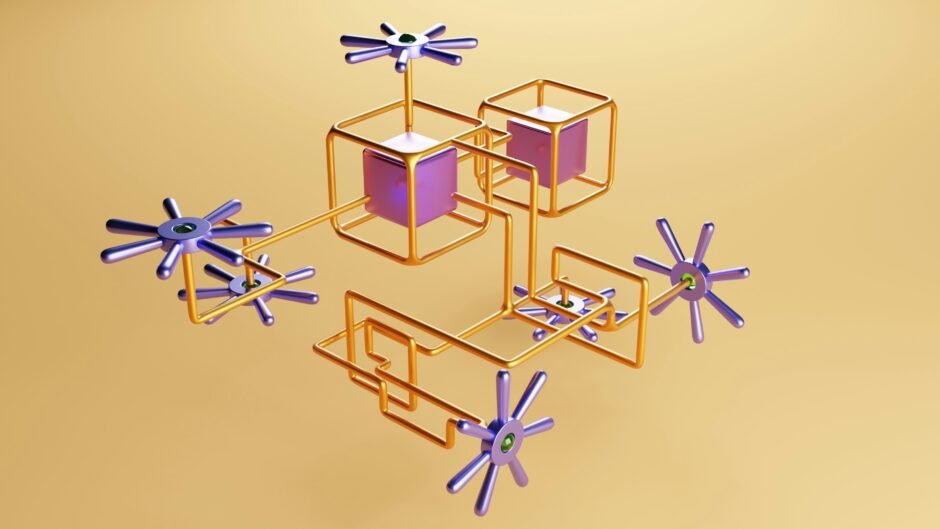Top 100 Kubernetes Courses and Mcq’s
Learning Kubernetes is a gateway to mastering the orchestration of containerized applications, revolutionizing the landscape of modern software deployment and management.
Its advantages are multifaceted, making it a crucial skill in today’s tech-driven world. Firstly, Kubernetes facilitates seamless scaling and management of containerized applications, optimizing resource utilization while ensuring consistent performance and reliability.

Its robust automation capabilities streamline complex deployment processes, reducing human error and enhancing efficiency.
Moreover, Kubernetes fosters portability, enabling applications to run consistently across various environments, from on-premises servers to cloud platforms.
Embracing Kubernetes empowers organizations to achieve faster development cycles, quicker rollouts of new features, and improved resilience through its self-healing mechanisms, ensuring applications remain available and responsive.
Ultimately, mastering Kubernetes opens doors to enhanced career prospects in DevOps, cloud computing, and software development, given its pivotal role in modernizing and optimizing application infrastructure and deployment strategies.
Here are assorted 100 best courses to learn Kubernetes from Udemy with discounted pricing.
[ufwp search=”Kubernetes” items=”99″ template=”grid” grid=”3″ lang=”en” style=”dark”]
Here are some questions along with their answers:
Which of the following is a container orchestration platform?
A) Docker
B) Kubernetes
C) Jenkins
D) Ansible
Answer: B) Kubernetes
What Kubernetes component is responsible for managing the lifecycle of containers within a pod?
A) kube-proxy
B) kubelet
C) kube-scheduler
D) kube-controller-manager
Answer: B) kubelet
Which Kubernetes resource is used to define a set of pods that work together?
A) Service
B) Deployment
C) Namespace
D) PersistentVolume
Answer: B) Deployment
What is the primary purpose of a Kubernetes Pod?
A) Running multiple containers
B) Providing persistent storage
C) Serving as the smallest deployable unit
D) Load balancing network traffic
Answer: C) Serving as the smallest deployable unit
Which command is used to create a Kubernetes deployment from a YAML file?
A) kubectl create deployment
B) kubectl apply -f
C) kubectl deploy -file
D) kubectl generate deployment
Answer: B) kubectl apply -f
What Kubernetes object is used to expose a service to external traffic?
A) Ingress
B) Service
C) Pod
D) Deployment
Answer: B) Service
What is the main function of a Kubernetes label?
A) To identify pods within a namespace
B) To assign unique names to services
C) To group and select objects
D) To define resource limits for pods
Answer: C) To group and select objects
Which Kubernetes resource is used for storing sensitive information, such as passwords or API keys?
A) Secret
B) ConfigMap
C) PersistentVolume
D) ServiceAccount
Answer: A) Secret
What command is used to delete a pod in Kubernetes?
A) kubectl delete pod
B) kubectl remove pod
C) kubectl delete -f
D) kubectl stop pod
Answer: A) kubectl delete pod
Which Kubernetes feature ensures that a specified number of pod replicas are running at any given time?
A) Liveness Probe
B) Readiness Probe
C) ReplicaSet
D) Horizontal Pod Autoscaler
Answer: C) ReplicaSet
here are 10 more multiple-choice questions related to Kubernetes:
What is the primary purpose of a Kubernetes ConfigMap?
A) To store sensitive information
B) To manage environment variables for pods
C) To define networking policies
D) To schedule pods on specific nodes
Answer: B) To manage environment variables for pods
Which Kubernetes resource is used to scale pods manually or automatically based on CPU usage?
A) Horizontal Pod Autoscaler
B) ReplicaSet
C) Deployment
D) StatefulSet
Answer: A) Horizontal Pod Autoscaler
What is the role of a Kubernetes Service?
A) To manage persistent storage
B) To provide access to a group of pods
C) To monitor cluster health
D) To schedule pods across nodes
Answer: B) To provide access to a group of pods
Which command is used to check the status of a pod in Kubernetes?
A) kubectl check pod
B) kubectl describe pod
C) kubectl pod status
D) kubectl get pod
Answer: D) kubectl get pod
What Kubernetes resource is used to provide persistent storage for stateful applications?
A) PersistentVolumeClaim
B) PersistentVolume
C) StatefulSet
D) StorageClass
Answer: A) PersistentVolumeClaim
Which Kubernetes object is responsible for managing access to the Kubernetes API?
A) Role
B) ServiceAccount
C) RoleBinding
D) ClusterRole
Answer: B) ServiceAccount
What Kubernetes concept defines a group of nodes that have specific characteristics?
A) Namespace
B) PodGroup
C) ClusterRole
D) LabelSelector
Answer: D) LabelSelector
Which Kubernetes networking plugin allows pods to communicate across nodes in a cluster?
A) Calico
B) Flannel
C) Weave
D) CNI
Answer: D) CNI
What Kubernetes feature ensures that a pod is ready to accept traffic?
A) Liveness Probe
B) Readiness Probe
C) Startup Probe
D) HealthCheck Probe
Answer: B) Readiness Probe
Which Kubernetes object is used to route external traffic to services within a cluster?
A) Ingress
B) NetworkPolicy
C) LoadBalancer
D) ExternalRoute
Answer: A) Ingress
































